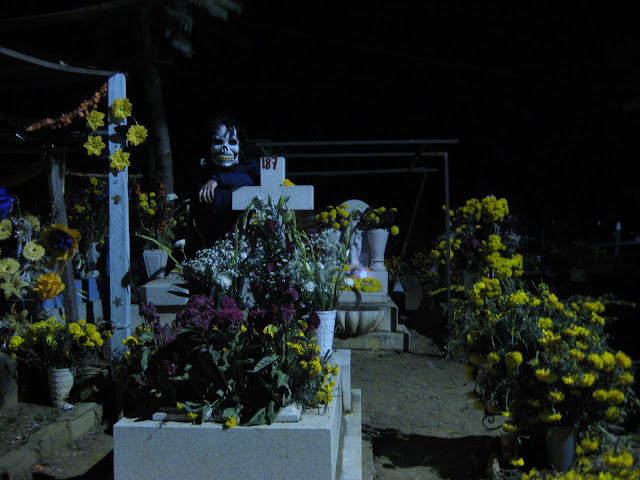Such an artisan cannot have a fully developed artistic sensibility. The graphic designer is using art, the artform, as a product, a tool; to do so would be impossible with a full understanding and appreciation of the achievement of art. Equally the jingle and ringtone writer is a musician only out of pure trade, not out of love or necessity. They cannot be both a producer of a product, and an appreciator of art. The artist produces out of necessity the fruits of the relentless pressure of his mind and heart on some divine flow; the artisan on the other hand rejects the lofty in favour of the mundane, the creation in favour of the product. How could a person do this and claim to really respect exactly what they forsake? Instead, the artisan has a necessarily dulled artistic sense. They are incising from art that which makes it special, using higher forms who have their home and origin in nature in the Oneness, into parcels, units, pieces, packages, products. The sacred is harnessed to glorify the profane. Art comes from above and beyond us, if the artisan saw what contempt for inspiration he used, he would be ashamed of how he debases the divine. Instead, the artisan is deadened to art, dulled to its wonder. Otherwise, how could they go on? Every person who hijacks art in the service of vapidity is an enemy of art, and stands against the evolution of man to a higher plane of consciousness. They are obscuring the light in the darkness of existence.

An exaggerated parody of this occurs in This is Spinal Tap. Nigel Tufnel is playing a melancholy song on the piano, and is asked about it, diverging as it does from the heavy metal they normally play. Influenced by Mozart and Bach (“Mach, kind of”), he says it’s “in D minor, which is the saddest of all keys, I find. People weep instantly when they hear it, and I don't know why.” In fact, he is right – Mozart almost exclusively used D minor when writing in a minor key, Bach’s Art of Fugue, Beethoven’s 9th Symphony and many of the most tragic works are in this key – the solitary flat, punctuating the long open scale seems to give this key a particular sparseness, evoked emptiness. When asked what the name of the piece is, Tufnel replies “Lick my love pump.”
How far from this is the graphic designer who studies the sketches of Michaelangelo to inform logo design? Can one really be in touch with the mystery and otherworldiness of what Michaelangelo creates, and also use that in logos or to advertise any product? It’s an insult to him, as Tufnel is a (comic) insult to those who use music to take humans beyond their mortal prisons. Equally, the person who writes things like “Flip-flops this summer - To be or not to be?” cannot love Shakespeare and by extension does not ‘get’ literature as a form of art. They show that at worst the artisan is intellectually and artistically lacking: in this case they cannot fathom intellectually that this is a question of suicide (what Wittgenstein described as the only important question) and that artistically they cannot grasp the anguish of Hamlet’s knowing self-destruction. At best they are just cynical, parasites on one of the few things which make us special, devaluing that which gives our great living tragedy any worth.



